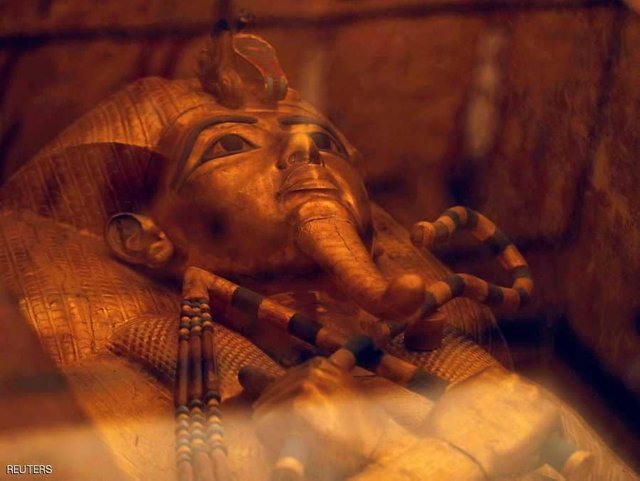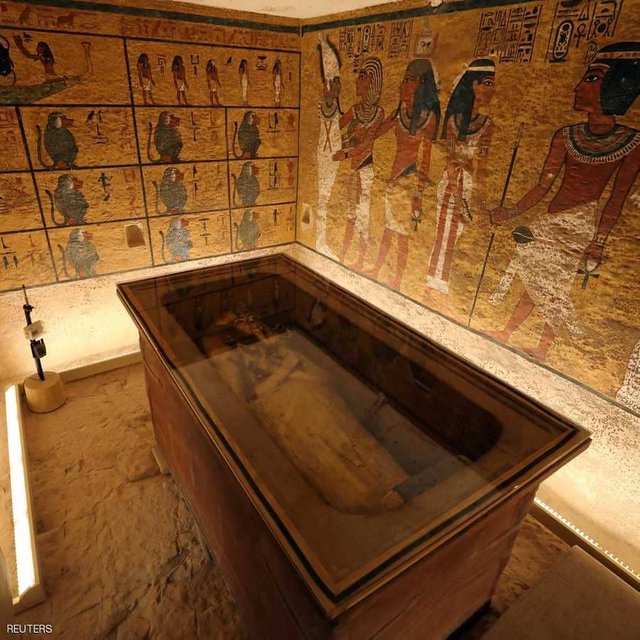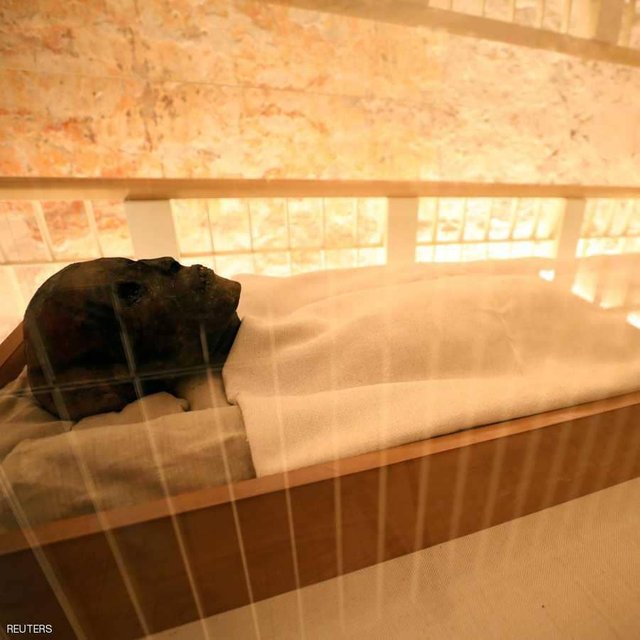After reopening .. Know the secrets of the tomb of "Tutankhamun"
Translations - Abu Dhabi
Egypt reopened the tomb of the famous pharaoh Tutankhamun, who was the mummy of the young king buried more than 3,000 years ago, 97 years after the discovery of the cemetery.
The "Tomb of Tut" is a rich material for researchers, archaeologists and proponents of the Pharaonic Curse Theory since the cemetery was opened in 1922 by British archaeologist Howard Carter and George Herbert in the Valley of the Kings.
Many theories were raised about the cemetery after mysterious incidents were recorded after it was discovered, which inspired Hollywood film scenarios centered around the young king and his curse.
Despite the vast amount of documentaries on the cemetery and the associated scientific discoveries, there is still a lot of information unknown about this important archaeological site.
The BBC's History Xtra revealed a number of interesting facts, including that the burial of Pharaoh Tut in a small tomb in the Valley of the Kings may return to his death at an early age, which prevented the construction of a giant luxury cemetery.
However, some archaeologists deny this theory of the existence of great tombs of other Pharaohs built in a short time did not exceed two or three.
The site also pointed out that the original name of the king is Tutankhamen, which means "the living image of the god Athen", which Akhenaten believed to be the sun god.
Years after the king ascended to the throne, he abandoned Attun, and began to worship Amon, so he changed his name to Tutankhamun, the living image of the god Amun.
One of the interesting facts about Tutu is that his mummy was placed in a gold sarcophagus contained in wooden coffins adorned with gold foil, all placed inside another granite. Scientists believe that the middle sarcophagus was "used" and not for King Tut.
A fan made of ostrich feathers was found in the king's burial chamber, echoing the views of experts who confirmed that an ostrich was attached to his image as he hunted.
Unlike ancient Egyptian mummification rituals, which preserved the human body intact, Tut was buried without a heart, which opened the door to many speculations about it. Some went on to accuse the negligence of supervisors of embalming where they caused heart damage, while he said Others said that the king's death was far from the site of embalming, which damaged his heart until he reached the site where he was subjected.
Carter found well-dressed Khangrin in mummy dressings, one with a golden blade and another with his favorite metal. The belief was that iron was precious and rare.
Some archaeologists say the iron dagger was inherited by his grandfather Amenhotep III.
It is also interesting to find musical instruments in the Tomb of Tut, which are trumpets and instruments that make a clapping sound. Opinions differ on their use. The opinion was that it was war-specific and not musical, while a team of researchers said its mission was purely religious.
The coffin of Tut, discovered by Carter as the most expensive in the world, is made of gold sheets weighing 110.4 kilograms and valued at more than £ 1 million.


